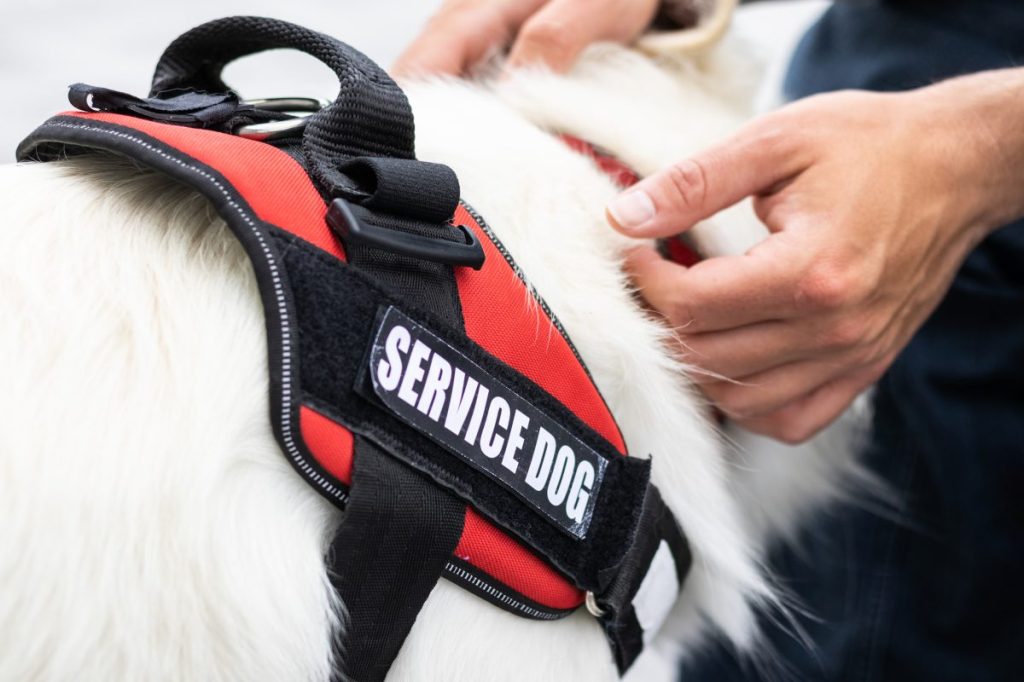Also known as assistance dogs, service dogs make a big difference in the lives of people with disabilities. Likely, you’re already familiar with service animals, thanks to the rising spotlight on these heroic canine companions. You may be less acquainted with the different types of service dogs, all of whom perform unique tasks to help their human handlers. Learn more about guide dogs, psychiatric service…






